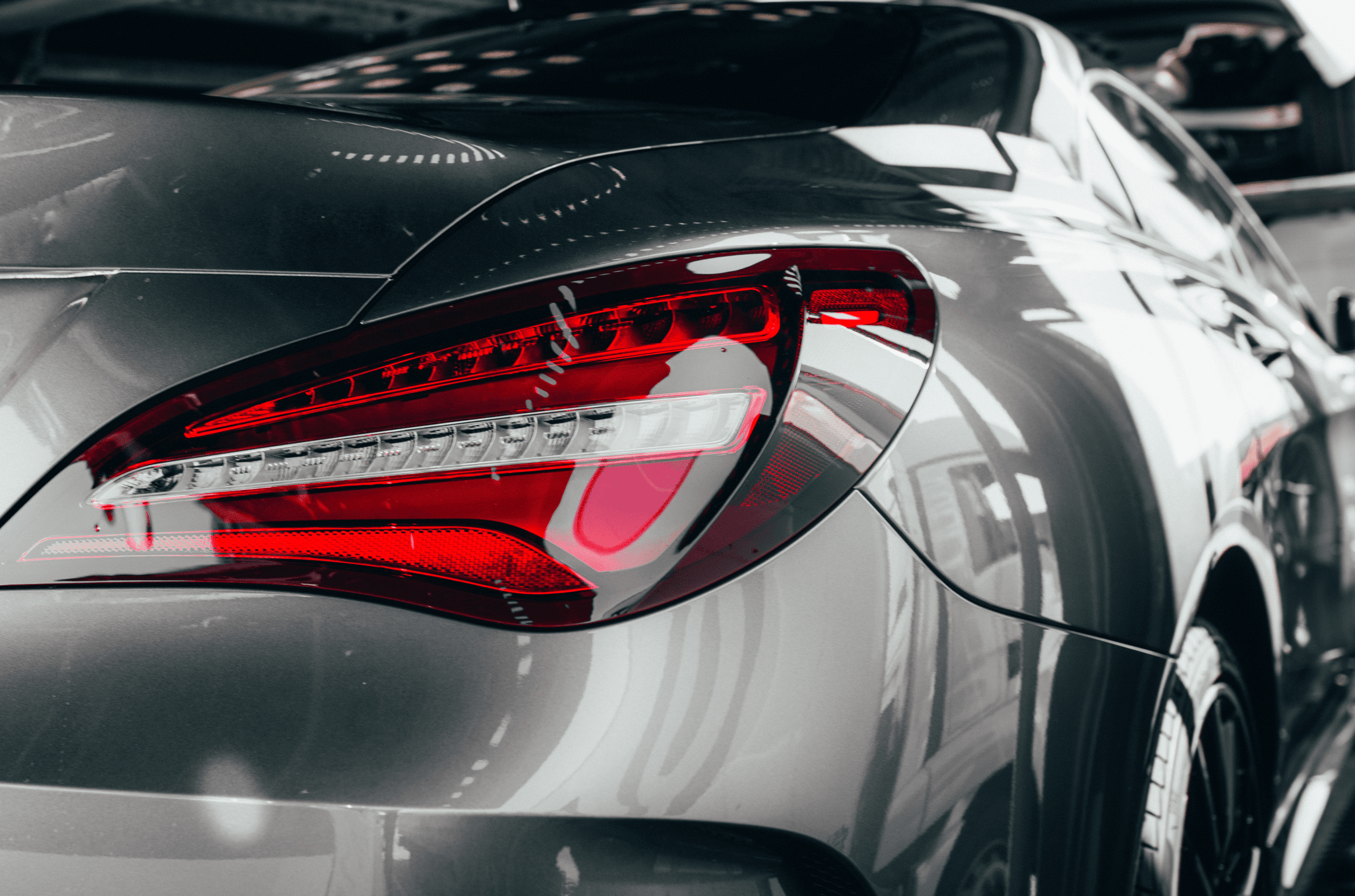
WHAT’S THE BEST WAY TO PROTECT YOUR CAR’S PAINT?
Ceramic Paint Protection vs PPF vs Wax
Ceramic Paint Protection vs Paint Protection Film (PPF) vs Wax
Car paint protection has become really popular over the past few years. Particularly in Australia where UV sun damage is a real danger, and can occur quickly if your car isn’t kept in a garage.
So, what really is the best way to protect your car’s paintwork and maintain resale value?
PAGE CONTENTS
At Paint Protection Pro, we get asked this question A LOT! Sadly we see a lot of examples of what happens when you DON’T protect your car’s paint – and it’s heart-breaking.
New cars, often less than 18 months old, come to us with scratches, ingrained water spots, tar spots and paint destroyed from sun UV damage.
This not only makes your vehicle’s paintwork look dull, over the long term, it can cause irreparable damage and could reduce its resale value.
Fortunately, if we catch it in the early stages we can polish out most of this damage by undertaking a one- or two-stage Paint Correction process – see our Protection Services page for more details.
But let’s explore what you can do to protect your car’s paint and avoid this damage occurring in the first place!

Types of Car Paint Protection
THE KEY THINGS YOU NEED TO KNOW
Let’s face it, there are heaps of products out there promising to provide the best protection for your car’s paintwork.
But it can be really confusing and time-consuming researching the best option for your car, that also fits your lifestyle and budget.
How can you be sure that the products promising to protect your car’s paint will actually work? And for how long?
If you’re confused by all the options and marketing BS, then read on.
We’ll bring you clarity so that you can decide what’s best for you, your car and your budget.
This article will explain the three main ways to protect your car’s paint, and provide a breakdown of the benefits and limitations of each method (click to jump to each).
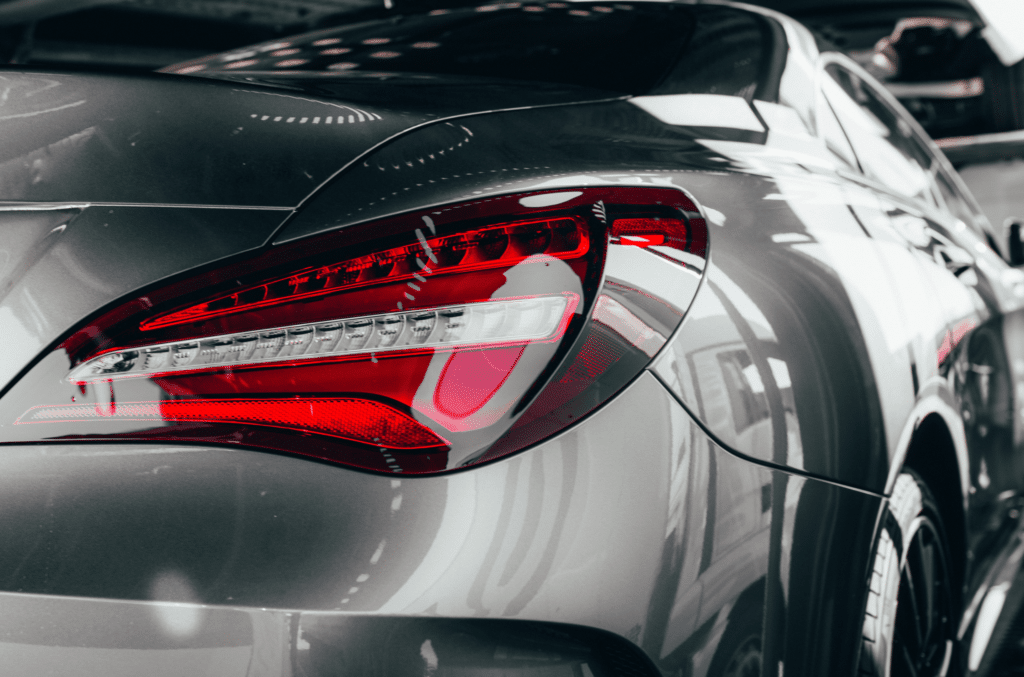
1. The key things to know about Car Wax
Wax is probably the most well-known way to provide protection and a glossy finish for your car’s paint.
What is car wax and what does it do?
Traditional waxes are made from organic materials such as Carnauba wax, often mixed with beeswax and solvents.
Wax provides a thin layer of protection on the car’s paintwork by creating a thin barrier between the clear coat and external elements.
Wax is applied on your car’s paintwork and fills in light imperfections helping to also give it a smooth, glossy finish.
It is this smooth finish that makes it much harder for dirt and water to cling to your car.
This helps to keep your car clean for longer and gives it excellent hydrophobic properties, i.e. water literally beads up and runs off the paint.
Water beading is one of the great joys of car cleaning, right? Or is that just us??
Wax is pretty easy to apply at home (though it requires a bit of elbow-grease!) and is fairly inexpensive, which makes it popular for the car enthusiast.
Sounds good? Well yes, except for the downsides…
What a car wax can’t do
Unfortunately a wax finish can only ever be a short term solution as it requires regular application to maintain protection.
Most waxes need to be reapplied every 4-6 weeks, which is fine if you have time to lovingly clean your car every 4-6 weeks, taking the extra time to wipe on your wax coat.
But the reality is that most of us don’t have time these days so need paint protection that lasts longer.
There are some newer waxes now available that contain graphene which boosts their protective properties for longer (up to 6 months) but this is still considerably shorter than a full ceramic paint coating or paint protection film, which protects for several years, if well looked after.
So in short, waxes provide light, short term protection for your car’s paint, but need regular reapplication which can be a pain.
Benefits of Car Wax
- Inexpensive
- Easy to apply at home
- Excellent gloss levels
- High hydrophobic properties, reducing nasty water spots after rain or cleaning
- Provides short term, light to medium levels of paint protection (6 weeks average, up to 6 months)
- Provides light, short-term UV protection against fading (oxidation).
Limitations of Car Wax
- Short term level of protection – ceramic coatings and paint protection film (ppf) provide much longer protection (see below)
- Requires regular reapplication (every 6 weeks to 6 months, depending on the product)
- Only very light protection against light scratches, swirls and fading (oxidation) by the sun.
Now let’s look at the tougher, longer-term options…
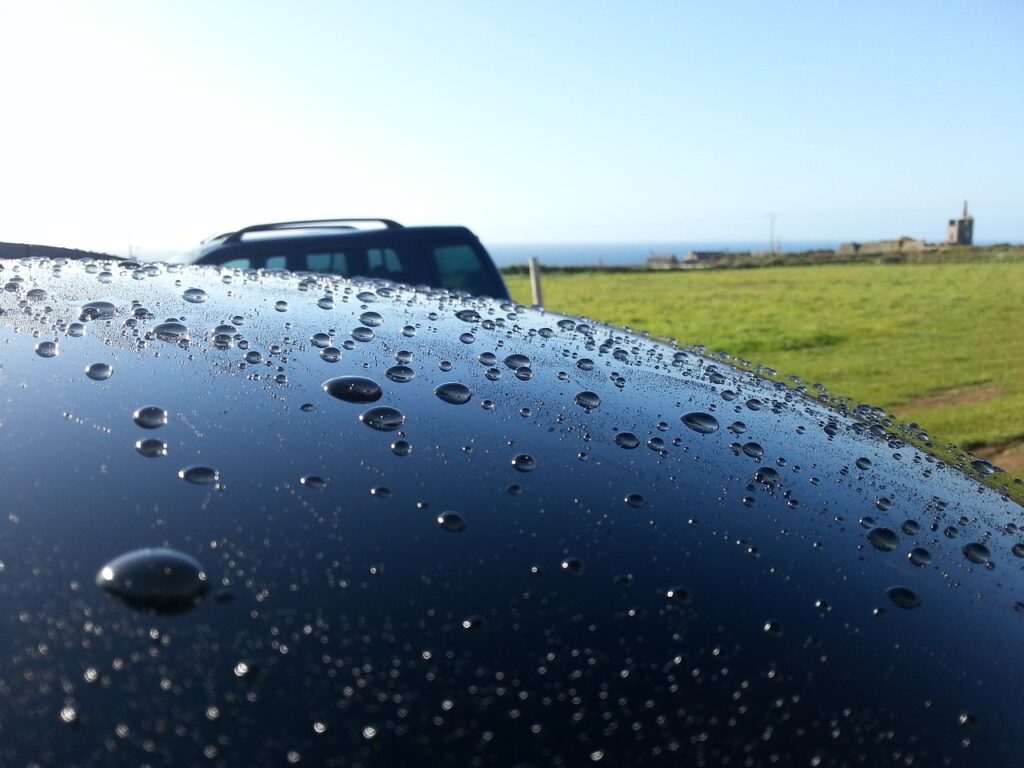
2. The key things to know about Ceramic Paint Protection
Ceramic coatings have become a very popular way to provide long-lasting protection for car paintwork. There are lots of ceramic coating products on the market and some (not all of course) are seriously good.
Quality ceramic coatings do an awesome job of protecting from daily wear and tear and damage from the elements, including UV sun damage, tree sap and bat/bird poo.
Some brands such as UK company Gtechniq, which we use at Paint Protection Pro, even guarantee car paint protection for up to 9 years with its Crystal Serum Ultra when applied by accredited applicators, such as yours truly :). Which is pretty impressive and one of the reasons why we use them.
What is Ceramic Coating?
A ceramic coating, such as Gtechniq Crystal Serum Ultra (which by the way, we believe is THE best ceramic coating for cars) is a liquid polymer that is applied to the exterior surfaces of a vehicle by hand. Usually by professional car detailers as it’s more tricky to apply than wax (and you can stuff it up, seriously).
After application, the ceramic coating chemically bonds with the vehicle’s factory paint. This creates a strong layer of protection and a beautiful hydrophobic glossy surface. It’s the hydrophobic properties of ceramic paint protection that keeps it clean for longer and makes it easier to wash. The glass-like coating makes it harder for contaminants to bond to your car’s paint (keeping off the tar, tree sap, bird/bat poo).
So a similar water beading effect to wax when washing…ahhh…
Sadly it doesn’t mean you won’t have to wash your car for 9 years (wouldn’t that be nice?).
But if you take care of your car and its new coating (post coming soon on how to wash a car with ceramic coating), its protective properties will last for up to 9 years without diminishing significantly.
THE ONGOING CARE FOR A CERAMIC COATED CAR IS EXTREMELY IMPORTANT!
It’s why our clients often get us to do a regular maintenance detail to clean their car in the best way for ceramic coated cars. You can’t just take it to the local car wash (NEVER do that….EVER! Even if your car isn’t ceramic coated. It will scratch the bejesus out of your paint!). It is possible to ruin your car’s lovely new ceramic coating by washing it with the wrong type of products, which would be very sad.
It is also worth noting that once the ceramic coating is applied, you cannot remove it without using a machine polisher, which is why it’s important for trained professionals to apply it.
Ceramic coating also further highlights any existing small scratches and swirls that might be in the car’s paintwork. So the paintwork needs to be in tip-top shape before the ceramic coating is applied. This is why we almost always do a single or 2-stage paint correction before applying ceramic coating.
Is Ceramic Paint Protection right for all cars?
At Paint Protection Pro, we believe that a quality ceramic coating product applied professionally is the best option for most newer cars. This is considering the level and length of protection you get versus the price which is mid-range by paint protection standards.
There are a few ceramic coating disadvantages, particularly for older vehicles.
The exceptions are:
Older cars that have paint that is too damaged and/or thin to improve through paint correction. For these cars we might steer clients away from ceramic paint protection entirely, and instead recommend our Paint Correction service. We’ll use a high-quality wax product to protect the paint for a few months. This gives it shine whilst also hiding some of the remaining paint defects (as mentioned above, ceramic coating will further highlight paint defects like scratches or swirls).
Or
High-end, luxury vehicles that are worth the extra cost of Paint Protection Film (PPF) to get the extra stone-chip resistance.
Benefits of Car Ceramic Paint Protection
- We think it provides the best value in car paint protection for the cost
- Provides long-term paint protection
- High gloss levels
- Strong hydrophobic properties, reducing nasty water spots after rain or cleaning
- Provides long term, light to medium levels of paint protection (up to 9 years)
- Good, long-term UV protection against fading (oxidation)
- Light protection against scratches and swirls.
Limitations of Ceramic Paint Protection
- Doesn’t provide strong protection against stone-chips
- The good coatings that last a long time require application by professional detailers, so is more expensive than wax products you can apply yourself
- It can highlight existing scratches in the paint, so usually a paint correction process needs to be done first to remove or reduce any micro scratches or swirls.
So we believe that ceramic coatings provide the best car paint protection. We live and breathe ceramic coatings, so if you’re convinced and based near the Sunshine Coast and want us to look after your car, get in touch or book online.
Or read on to learn more about Paint Protection Film (PPF) which provides many of the same protection qualities, but at a higher price point. It also protects against dreaded stone-chips, so you may feel it’s worth the extra cost for you and your vehicle.
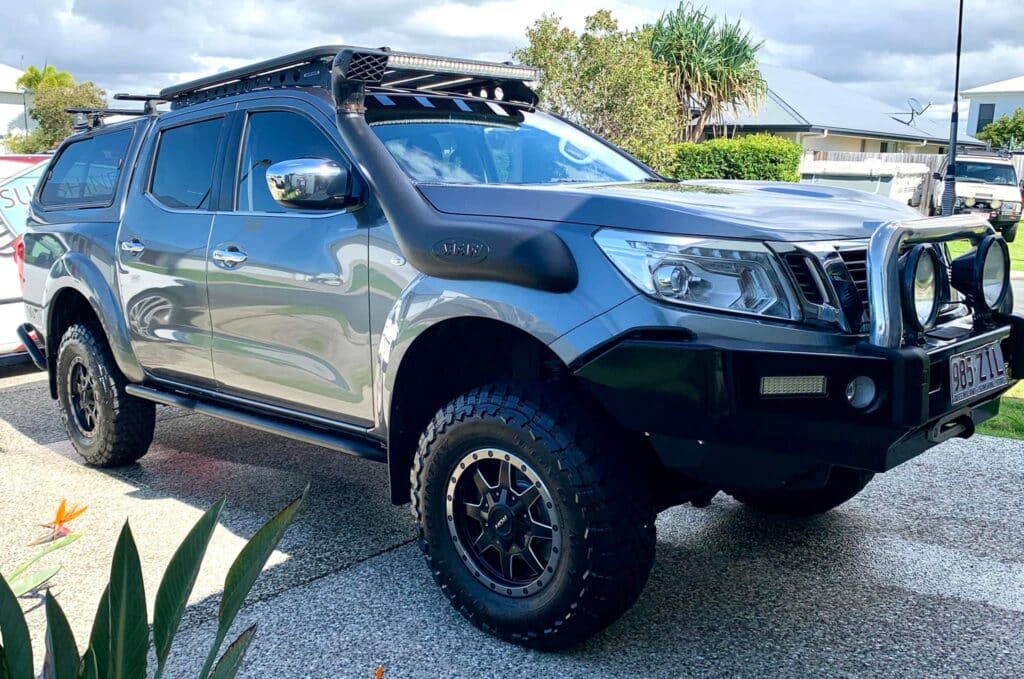
3. The key things to know about Paint Protection Film (PPF)
Paint Protection Film (also known as PPF, Clear Bra, Car Wraps, Vinyl Wraps) is essentially what-it-says-on-the-tin. It’s a transparent urethane film that is wrapped around a car’s exterior to protect it against damage that otherwise would impact the vehicle’s factory paint.
PPF provides long-term durable paint protection similar to a quality ceramic coating, except that PPF protects paint from stone-chips whereas ceramic paint protection does not.
The best quality PPF film even contains a pretty impressive “self-healing” property. This means when light scratches affect the film, it absorbs the damage and returns to the texture and properties it had before the incident. So you can’t even see any damage.
Due to the high cost (think several thousands) PPF tends to be most used to protect luxury vehicles.
Longevity of PPF is usually around 5 to 7 years depending on driving conditions, wear and tear, and the care given to the car and cleaning process. The self-healing properties will unfortunately diminish over time.
Unfortunately, PPF also isn’t particularly hydrophobic, so your car can still get annoying water spots when dry and no fun beading when washing it.
DID YOU KNOW…?
Interestingly, certain ceramic coatings can be applied over PPF to give the ULTIMATE PROTECTION out there! But of course the two protective coatings together come at a serious price tag. So it’s only worth it if you have a high-end car you want to protect to the maximum level possible.
Benefits of car Paint Protection Film (PPF)
- Provides good protection against stone chips
- Long-term paint protection (5-7 years)
- Provides high gloss (or there are matte options)
- Good, long-term UV protection against fading (oxidation).
Limitations of car Paint Protection Film (PPF)
- Should be applied by professionals, so is considerably more expensive than other paint protection products, including ceramic coatings
- Not particularly hydrophobic – doesn’t repel dirt or water. Therefore more vulnerable to water spots
So that’s it! Hope that helps to better understand the differences in the key methods of car paint protection.
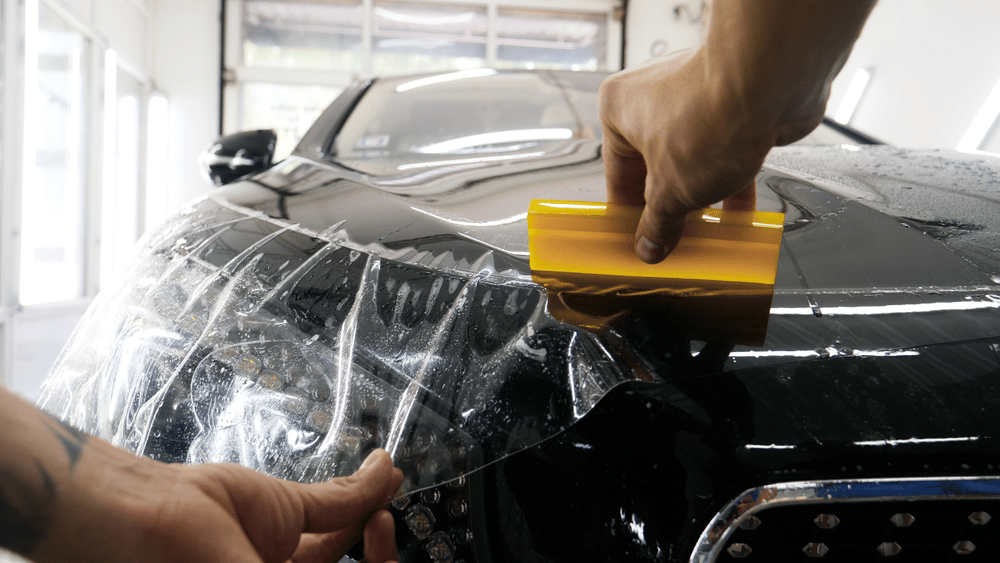
Professional Car Protection Services for the Sunshine Coast & surrounds
Maintains resale value I Easier to keep clean I Stunning gloss finish
CAR PAINT CORRECTION
CAR CERAMIC PAINT PROTECTION (FROM GTECHNIQ)
CAR INTERIOR PROTECTION SERVICES
PREMIUM DETAILING SERVICES
